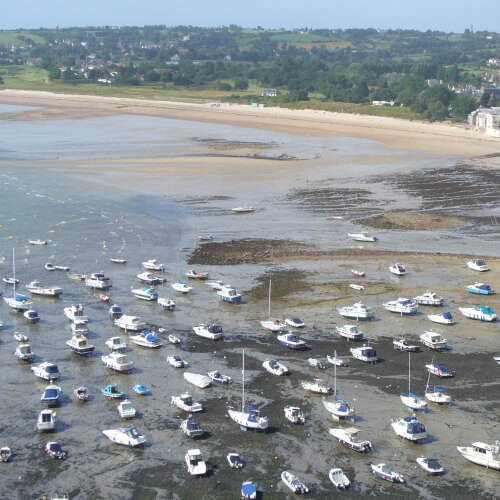



Tide is the name given to the periodic rise and fall of sea levels in a given place. Tide is caused by the combined forces of gravity from the Moon and the Sun, as well as Earth's rotation.
In most places, there are two tides a day: high tide, when sea level is at its highest, and low tide, when the sea level is at its lowest. The area of seashore that is underwater at high tide (and exposed during low tide) is known as the "intertidal zone."
The average difference in tides on Earth is only about 1 m. In the Bay of Fundy, on the northeastern side of Canada between Nova Scotia and New Brunswick, the difference between high and low tides is about 16 m.
This huge difference in tides creates extremely powerful flows of water in and out of the bay. In one 12-hour tidal cycle, about 100 billion metric tons of water flows in and out, which is about twice as much as the combined total flow of all the rivers of the world over the same amount of time.
Unlike wind and solar power, which can be affected by unpredictable weather patterns, the tidal patterns on Earth are reliable and consistent. This makes tidal power a great option for generating renewable energy, as it allows energy companies to plan and manage their power generation more effectively. At the moment however, tidal power is not yet widely used because it is expensive to install and maintain.